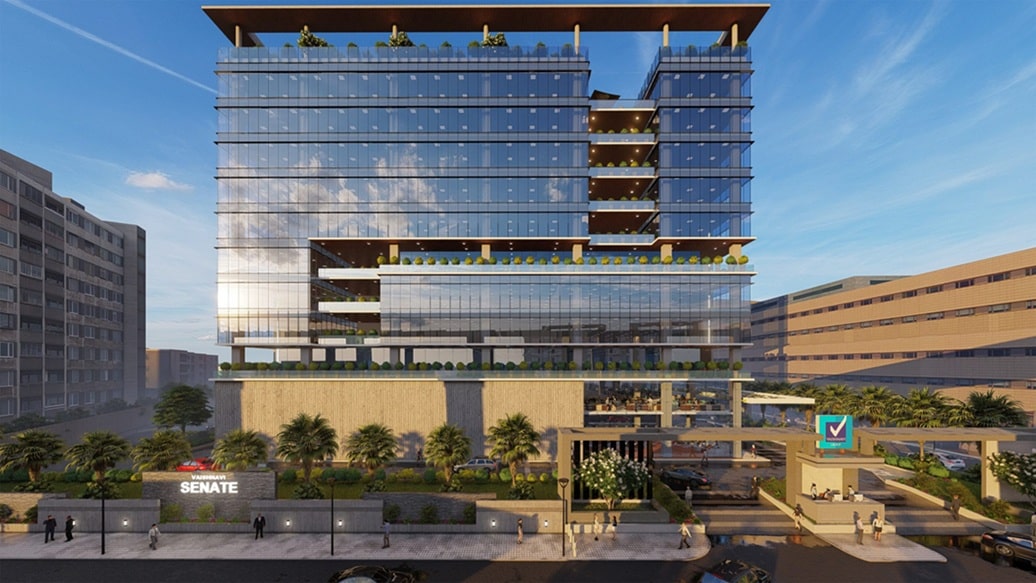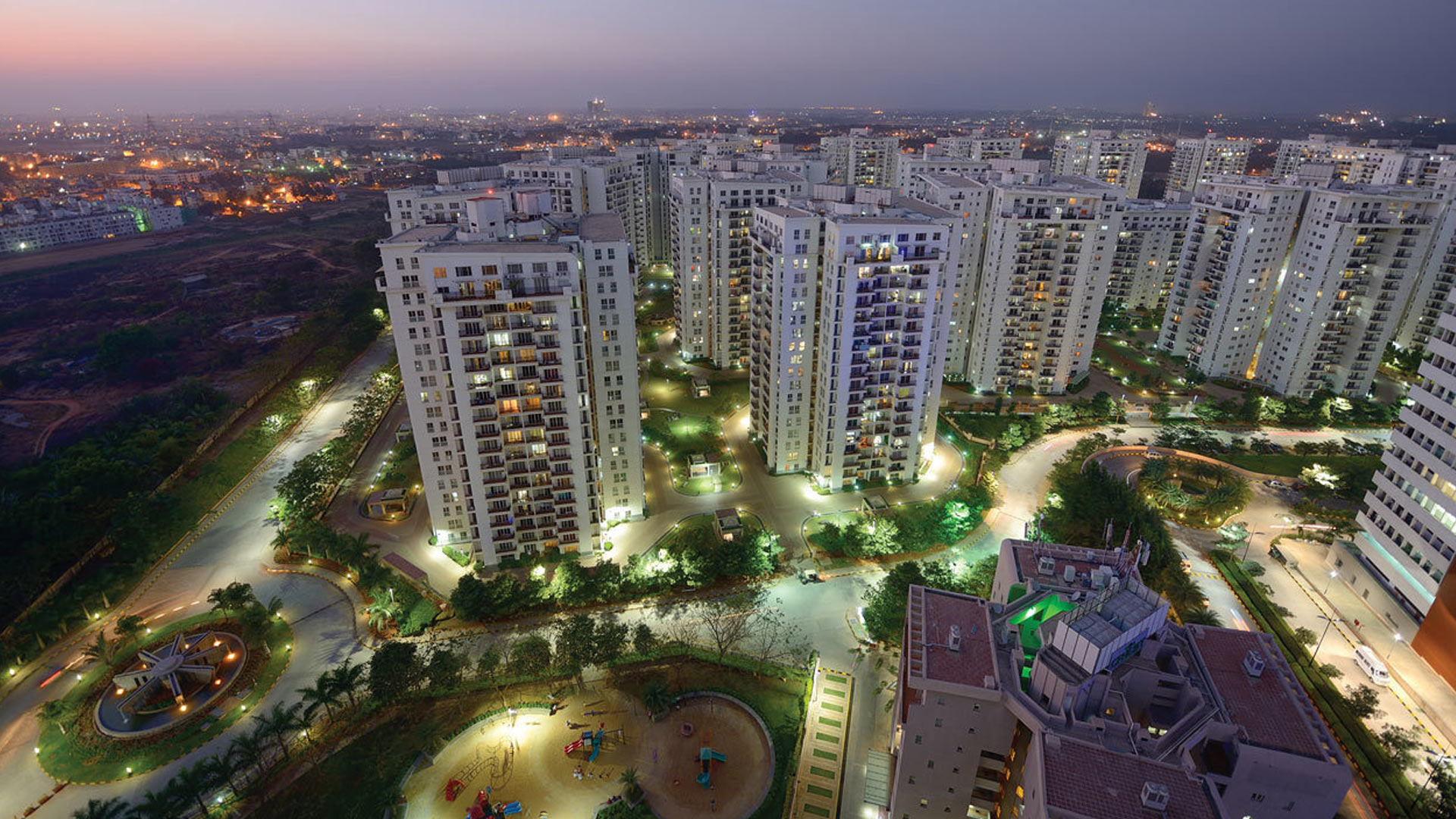CII-IGBC, a body for green building certification and related services, launched its 30th Chapter in Navi Mumbai. The Navi Mumbai Chapter was launched by Somnath Kekan, assistant director of town planning, Navi Mumbai Municipal Corporation.
Ar Hiten Sethi, Principal Architect of Hiten Sethi & Associates is the chairman and Ashok Chhajer, CMD and founder of Arihant Superstructures is the co-chairman of the IGBC Navi Mumbai Chapter.
IGBC launches its chapters with a vision to engage local stakeholders, raise awareness among citizens, and promote green initiatives that contribute to the city’s sustainability and alignment with national goals.
C Shekar Reddy, national vice chairman, Indian Green Building Council, said, “The Navi Mumbai chapter is our 30th Chapter and the fact that it was chosen reflects the city’s real estate potential in both the residential and commercial sectors. Additionally, the development of major infrastructure projects, such as the Navi Mumbai International Airport, is expected to boost economic activity, making it an ideal location for establishing an IGBC chapter. We are looking forward to working closely with the real estate stakeholders – builders, developers and architects – and ensuring that we jointly take our objective of sustainable built environment and net zero forward.”
Navi Mumbai’s real estate potential is significant in both the residential and commercial sectors. In the residential space, Navi Mumbai is experiencing a surge in housing demand, expected to increase by 20% by 2025, particularly in micro-markets like Vashi, Nerul, Belapur, and Kharghar. Additionally, areas like Upper Kharghar are emerging as prime destinations with expected price and rental appreciations, making it attractive for both end-users and investors.
In the commercial real estate space, Kharghar is being developed into an International Corporate Park, similar to Mumbai’s BKC, with corporate offices, hospitality, and educational institutions. This, along with Navi Mumbai’s established employment hubs in Belapur, Vashi, and Airoli, enhances the commercial potential of the region. Overall, Navi Mumbai’s real estate market is poised for growth, supported by infrastructure upgrades and planned developments.
Kekan said, “As the real estate sector grows, it is important to look at sustainable and green buildings which are designed to reduce their environmental footprint by using energy and natural resources more efficiently, which can significantly decrease greenhouse gas emissions. I am looking forward to working closely with IGBC and ensuring we create infrastructure and green buildings which are addressing the environmental challenges of our time and moving towards a more sustainable and resilient future.”
CII-IGBC’s Mission on Net Zero envisions to achieve 100% net zero embodied carbon by 2050, for new buildings and infrastructure and work towards making all buildings including existing buildings, net zero operational carbon. Its Net Zero Carbon Rating System promotes the use of low-embodied carbon materials and technologies and on-site or off-site renewable energy sources, and adherence to a Whole Building Life Cycle Analysis. The rating system addresses projects in both ‘design & construction’ and ‘Operations’ phases. This approach allows tailored strategies for minimising or eliminating carbon emissions at different project stages.
The Net Zero Energy, Water, Waste and Carbon rating systems present an excellent opportunity for the Navi Mumbai building sector to lead the adoption of Net Zero practices and facilitate India’s transformation into one of the foremost countries achieving Net Zero by 2070.







